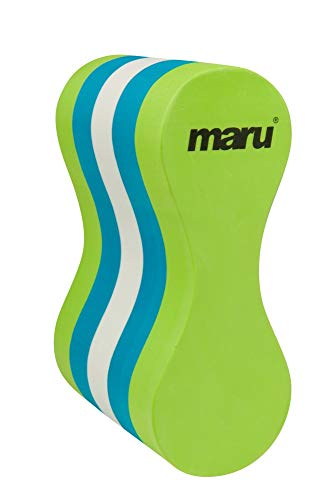What is a swimming float?
A swimming float is a buoyant device used for support and stability during swimming activities. There are various types of swimming floats, such as kickboards, pull buoys, and swim noodles. They are typically made of plastic or foam materials and come in different shapes and sizes.
How can swimming floats be used in physical therapy?
Swimming floats can be incorporated into physical therapy as a tool for rehabilitation and exercise. They can assist in building strength, improving range of motion, and increasing cardiovascular endurance. Swimming floats can also be beneficial for people with injuries, chronic pain, or disabilities as they provide buoyancy and reduce the impact on joints.
What types of physical therapy benefit from swimming floats?
Swimming floats can be used in various types of physical therapy, including but not limited to:
- Aquatic therapy
- Post-surgical rehabilitation
- Orthopedic rehabilitation
- Neurological rehabilitation
- Cardiac rehabilitation
Who can benefit from using a swimming float during physical therapy?
A swimming float can benefit individuals of all ages and physical abilities. It can be especially helpful for those who find it challenging to participate in traditional land-based exercises due to conditions like arthritis, fibromyalgia, or chronic pain. Swimming floats can also be useful for athletes who want to increase their endurance or recover from an injury.
What should I consider before incorporating swimming floats into my physical therapy?
Before incorporating swimming floats into your physical therapy, it’s essential to consult with your healthcare provider or physical therapist. They can advise you on the most appropriate exercises and the right type of swimming float based on your medical history and goal. It’s important to start slowly and increase the intensity of your exercises gradually. Remember to wear appropriate swimwear and stay hydrated during your aquatic therapy sessions.






